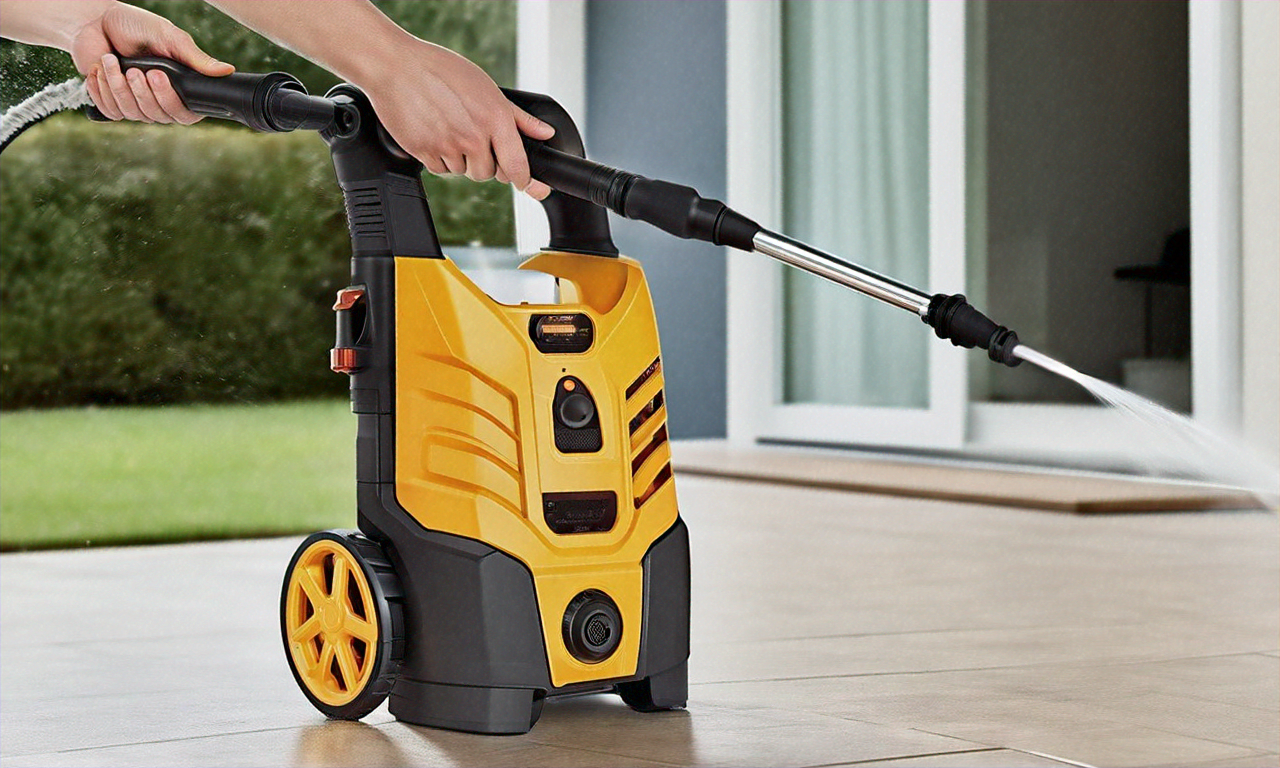Shield Your Home Now: Beat Household Pests for Good
Protect your home from ants, roaches, rodents, termites, and bed bugs with proven strategies for prevention and removal. This in-depth guide covers how to spot common household pests, DIY measures to keep them out, when to call a pro, professional treatment methods, and realistic cost ranges for pest control services. Learn practical, cost-effective steps to keep your home and family safe.

Shield Your Home Now: Beat Household Pests for Good
Unwanted pests can turn a comfortable house into a source of stress and damage. Whether you are dealing with tiny insects or larger intruders, understanding who is invading your space and why they are there is the first step toward reclaiming your home. Below is a practical, expert-informed roadmap to identify common pests, prevent infestations, and decide when to bring in professional pest control.
Common household invaders
-
Ants: These social insects forage for food and water, often forming visible trails from outdoor nests to kitchen counters or pantries. A small crack can be a highway for large numbers.
-
Cockroaches: Durable and nocturnal, cockroaches survive in many environments. Beyond the unpleasant sight, they can carry bacteria and trigger allergic reactions in sensitive people.
-
Rodents: Mice and rats are notorious for chewing through wiring, insulation, and packaging. Their droppings and urine also pose health risks and contamination concerns.
-
Termites: Often undetected until significant damage is done, termites consume wood and other cellulose materials, compromising structural elements quietly and persistently.
-
Bed bugs: These tiny, blood-feeding insects hide in mattress seams, furniture crevices, and baseboards. Infestations cause sleep disruption and skin irritation and can spread rapidly.
Knowing which species are common in your region helps you tailor prevention and detection strategies to the most likely threats.
Strengthening your home: prevention that works
Prevention is more effective and less expensive than reacting to a full-blown infestation. Use these practical measures to make your property less inviting:
-
Seal entry points: Inspect the exterior for gaps around doors, windows, vents, and the foundation. Use caulk, weatherstripping, mesh, or foam to close openings that pests can squeeze through.
-
Keep it clean: Routine cleaning removes crumbs, grease, and food residue that attract insects and rodents. Pay special attention to kitchens, dining areas, and pet food zones.
-
Smart food storage: Store pantry items in airtight containers and keep ripe fruit covered. Empty trash frequently and use sealed bins to prevent scavenging.
-
Eliminate excess moisture: Fix leaking pipes, clear clogged gutters, and ensure good ventilation in basements and crawl spaces. Moisture control reduces breeding sites for many pests.
-
Landscape management: Trim shrubs and tree branches away from structures, keep mulch away from foundations, and remove decaying wood and debris that provide shelter.
Applying these steps consistently reduces the chance of an infestation and often stops problems before they start.
When to call a pest control professional
Some situations warrant trained technicians and specialized equipment:
-
DIY fails: If repeated home treatments do not eliminate signs of pests, a professional assessment can identify resistant species or hidden nests.
-
Large-scale problems: Widespread termite damage, extensive rodent activity, or heavy cockroach populations require advanced treatments beyond consumer products.
-
Dangerous pests: Venomous spiders, aggressive wasp nests, or pests that trigger severe allergic reactions should be handled by experts to avoid risk.
-
Structural concerns: When you suspect pests are weakening structural elements, immediate professional inspection is necessary to prevent further damage.
-
Preventive care: Regular professional inspections and maintenance plans can intercept issues early and preserve the integrity of your home.
Professionals bring diagnostic tools, targeted treatments, and safety protocols that most homeowners lack.
Professional methods and modern approaches
Licensed pest control services use a variety of strategies tailored to the infestation and property:
-
Integrated Pest Management (IPM): IPM emphasizes prevention, monitoring, and minimal, targeted interventions to control pests while reducing environmental impact.
-
Targeted chemical applications: When needed, professionals apply pesticides precisely and safely, choosing formulations appropriate to the species and situation.
-
Strategic baiting: Bait stations and gels can control rodents and certain insects by exploiting feeding behaviors while limiting exposure to people and pets.
-
Thermal remediation: Heat treatments can eradicate heat-sensitive pests such as bed bugs without leaving chemical residues.
-
Exclusion and repairs: Sealing gaps, installing screens, and repairing structural vulnerabilities are lasting defenses that reduce the need for repeat treatments.
A technician will recommend a combination of these tactics based on the pest type, infestation level, and your property layout.
| Service Type | Frequency | Typical Cost Range |
|---|---|---|
| One-time Treatment | Single visit | $250 - $600 |
| Quarterly Service | Every 3 months | $100 - $300 per visit |
| Monthly Service | Monthly | $40 - $70 per visit |
| Annual Contract | Yearly | $300 - $550 per year |
Note: These estimates are general guides and can vary by region, property size, pest species, and treatment complexity. Obtain quotes from multiple reputable pest control companies to compare services, warranties, and safety practices.
Final thoughts: stay proactive and informed
Effective pest management blends vigilance, prevention, and timely intervention. Regularly inspect your home for early signs, maintain cleanliness and moisture control, and address vulnerabilities in your building envelope. For complex or persistent issues, rely on licensed professionals who use proven methods and safety protocols. Early detection and decisive action are the keys to preserving your home, protecting your health, and avoiding costly damage down the line. Stay attentive, act quickly when you see signs, and keep your home a secure, pest-free sanctuary.






